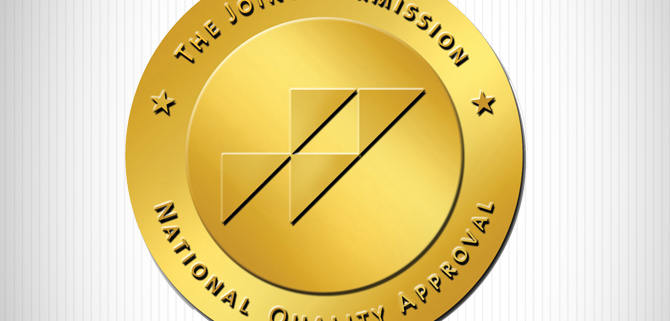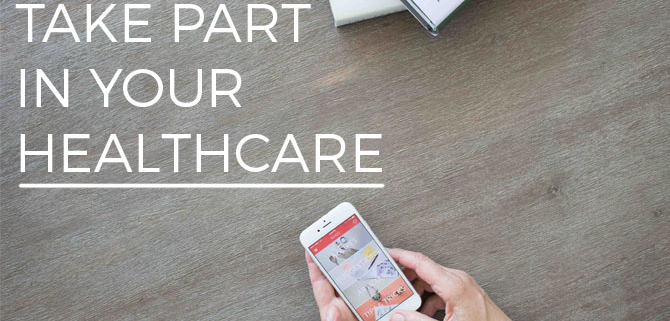February is American Heart Month. It’s a great time to make strides in taking better care of your body and your health. But, while we all know we should take better care of ourselves, it’s actually easier said than done. Find ways to motivate and challenge ourselves and track our progress can be truly helpful.
Now, this very motivation and accountability is available—literally–at your fingertips. With the increase in smart phones has come an increase in apps (applications) to meet every need you could imagine. Health and wellness is no exception.
We’re here to share a list of our favorite apps to help you stay healthy. Most are free or cost less than $5 to download.
 Daily Burn
Daily Burn
Description: Of all the apps, this one does the best job of combining exercise and diet. Not only are you able to log your daily meals and snacks, you can also scan barcodes of food items to find full nutritional value. This app also creates sample workout plans for a variety of levels.
Cost: Free
Learn more here
My Fitness Pal
Description: Track calories in and calories out with My Fitness Pal. You can track each item of your meals and snacks as well as the calories burned from your daily exercise. If what you’re looking for is accountability to help you stay on track, this is a great app for you!
Cost: Free
Learn more here
 FitJourney
FitJourney
Description: FitJourney helps you track your weight loss by photographs. It keeps track of your weight, what you’ve eaten (with photographs as well), and can even give a decent estimate of your BMI. The visual component is powerful in helping you in your journey to lose weight, but the one big downside to this app is that it doesn’t offer much guidance, just accountability. For the self-motivated, visual person, it’s a great fit!
Cost: Free
Learn more here
Nike Training Club
Description: The Nike Training Club app actually works like a personal trainer, containing a variety of workouts that include strength and cross training, cardio, and yoga. With videos to help you see what each move should look like, you’re never in the dark with any of your workouts. The one negative to this app is that if you are a beginner, it might be best to wait a few weeks after you’ve begun exercising to try it, or you may have to modify some of the workouts to fit your needs.
Cost: Free
Learn more here![]()
Fitness Builder
Description: FitnessBuilder contains the largest library of exercise images & videos (over 7,000) produced with excellent form by our exercise physiologist, physical therapy and orthopedist team. It features the most challenging workouts across all disciplines (over 900), access to a live personal trainer and the most complete set of workout building & performing tools, fitness calculators, tracking, scheduling and progress graphing features –on this app and syncing to the web. If you are a beginner, this might not be the app for you. However, if you have a solid working out experience, you will definitely benefit from this one!
Cost: This app is free for one month. After that trial period, the Plus version costs $7. It’s the most expensive version, but definitely worth it.
Learn more here![]()
Lose It!
Description: This app is another great option to track your calories consumed and burned. Another great feature is that it allows you to set goals of what you would like to consume for proteins, fats, carbs, etc. It also tracks your progress and allows you to connect with friends to receive accountability and encouragement.
Cost: Free
Learn more here
Fooducate
Description: Lose weight, track your progress, and eat REAL food. This is one of the only apps that looks beyond the calorie and helps you eat healthy and tasty. Scan a product barcode to see what’s really in your food. Fooducate will also show you healthier alternatives. The one thing some may not love about this app is that real food substitutes often require cooking from scratch. If you are pressed for time, it can can be difficult to cook from scratch. However, we think that cooking from scratch can be fun and gets faster with time!
Cost: Free, or “Plus” version available for $3.99
Learn more here
My Diet Coach
Description: (Note: this app is only available for women) My Diet Coach helps keep you motivated and committed to lose weight fast. It will motivate you, help keep you on track, resist food cravings, temptations, emotional eating, exercise laziness and other challenges by motivational arguments and guidelines, helpful and necessary reminders, notifications with your goal, and motivational photos and weight chart.
Cost: Free, an upgraded version is available for $0.99
Learn more here
Couch to 5K
Description: If one of your goals is to run a 5K, this is the app for you. The popular Couch to 5K program is a great way to help you exercise more and meet a specific goal at the end of your time.
Cost: Free
Learn more here
Gympact
Description: This app is the most unique, and is also a fairly new app. The idea behind it is really great, but we don’t know a lot about how well it works. Each week you set your exercise and healthy eating goals each week and put a monetary value with each goal (working out a certain number of times each week, eating fruits or vegetables with every meal, etc). You snap photos of each meal and have them verified by other members, and check in to the gym, or track workouts via GPS and accelerometer. As you meet your goals, you will receive weekly notifications of your earnings. Missing a goal will cost, however!
Cost: Free
Learn more here
With such a wide range of apps available to meet every kind of fitness goal and plan, it’s easier than ever to live healthy. Which apps are your favorite? We would love for you to share them in the comments below!
Note: as always, before you begin any exercise routine, it is important to consult with your doctor and get the best insight into what kind of exercise and what level is best for you. These apps are merely suggestions, and should be used until you have spoken with your doctor more.






